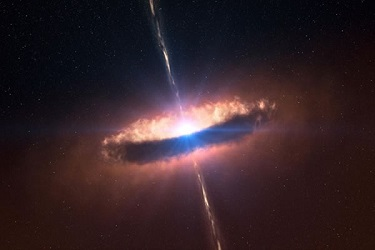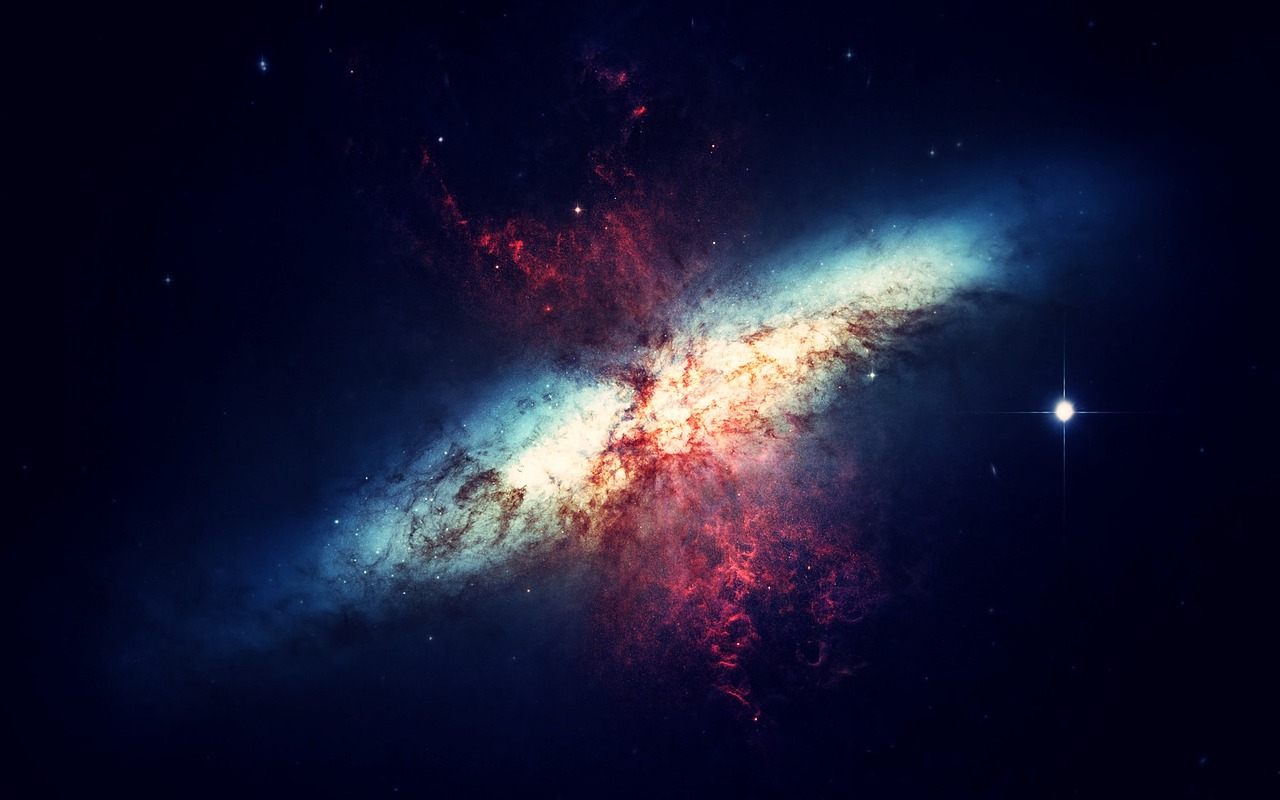Unit 3: The Universe and Solar System
Unit 3: The Universe and Solar System

Unit 3: The Universe and Solar System
Unit 3: The Universe and Solar System
The Universe is a vast place, and we occupy a tiny corner of it. Known as the Solar System, our stomping grounds are a tiny fraction of the Universe as we know it and a small part of our galactic neighborhood (aka. the Milky Way Galaxy). When it comes right down to it, our world is just a drop of water in an endless cosmic sea. Nevertheless, the solar system is still a considerable place, one that is filled with its fair share of mysteries. In truth, we only began to understand its true extent relatively recently. And when it comes to exploring it, we've only begun to scratch the surface.
Our Solar System
Our solar system is filled with a wide assortment of celestial bodies - the Sun itself, our eight planets, dwarf planets, and asteroids - and on Earth, life itself! The inner solar system is occasionally visited by comets that loop in from the solar system's outer reaches on highly elliptical orbits. In the solar system's outer reaches, we find the Kuiper Belt and the Oort cloud. Still farther out, we eventually reach the limits of the heliosphere, where the outer reaches of the solar system interact with interstellar space. Solar system formation began billions of years ago when gases and dust came together to form the Sun, planets, and other solar system bodies.
Solar System: This system consists of the Sun and everything bound to it by gravity. This includes the eight planets and their moons, asteroids, dwarf planets, all the Kuiper belt objects, meteoroids, comets, and interplanetary dust.
Galaxy: an extensive system of stars held together by mutual gravitation and isolated from similar systems by vast regions of space. The Milky Way measures about 100,000 light-years across and is thought to contain 200 billion stars.
Universe: the totality of known or supposed objects and phenomena throughout space; the cosmos; the macrocosm.
Vocabulary
Lesson Reading
Videos and Interactives (Click on Images to View Content)


